A few days in Saigon (or Ho Chi Minh City as it is now officially called) and we had seen about enough of the ever-present moped. It is impossible to move an inch in that city without hearing the whir of their little engines accompanied by the constant beeping of horns as their drivers speed past.
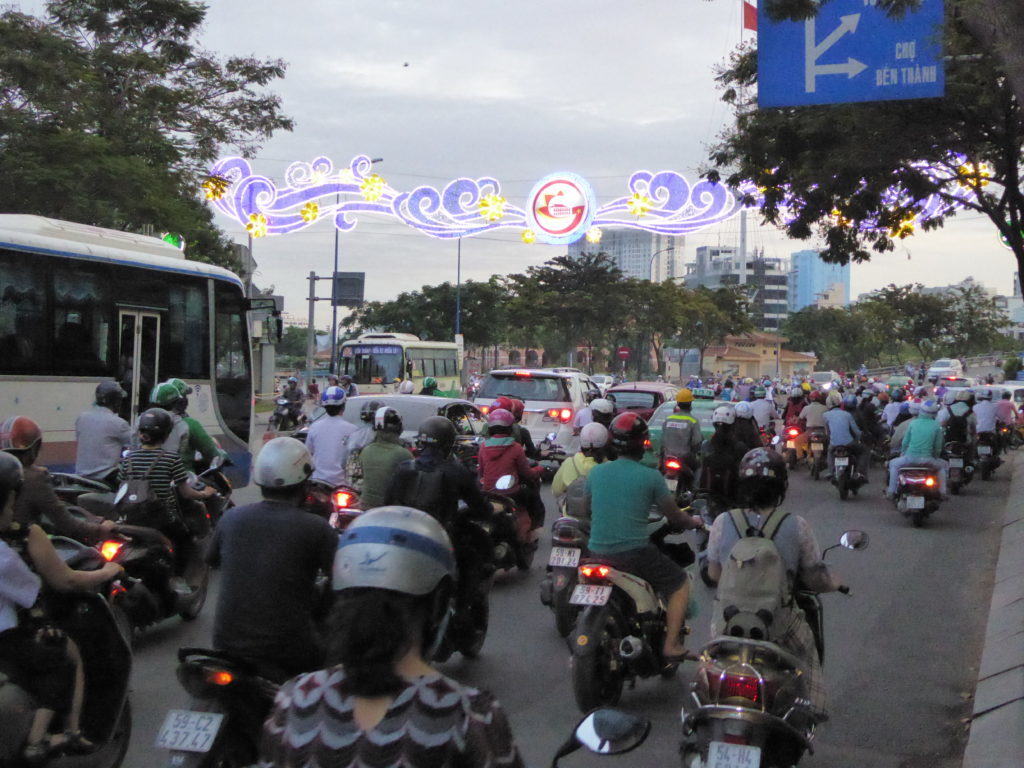
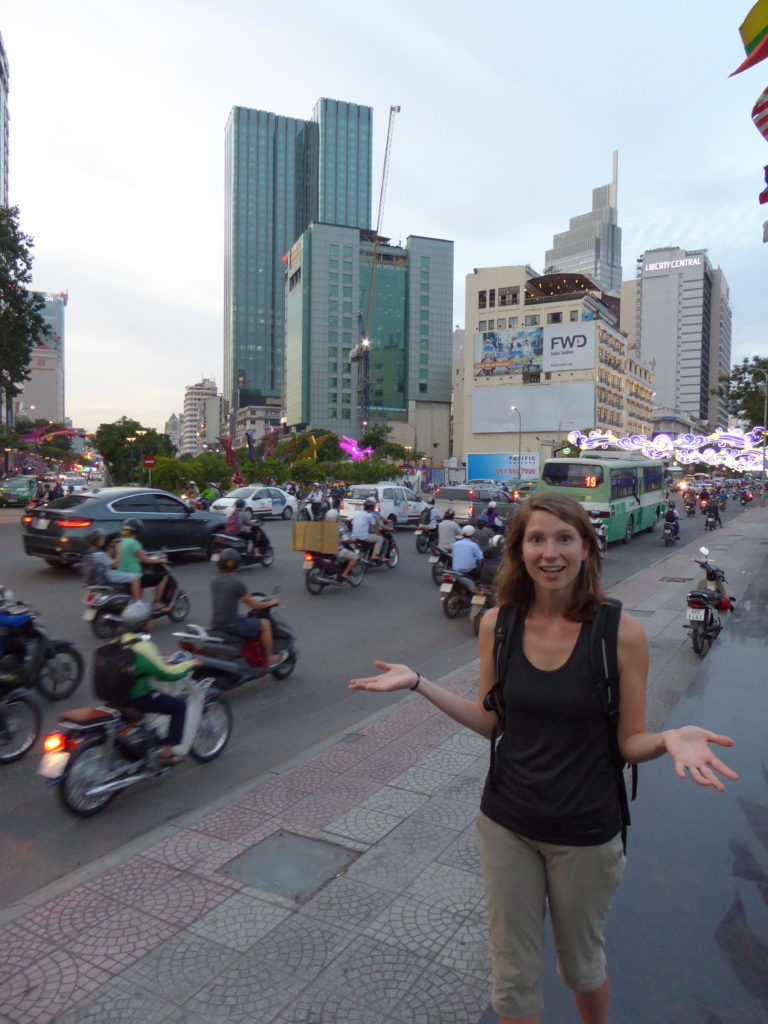
It may sound unusual, but the mopeds in Saigon are quite intimidating because of the sheer number on the roads and the speed with which they move. It took us a while to muster up enough courage to cross the many large roads throughout the city. The solution to getting across these roads is actually rather simple: just walk across. It may seem crazy to just start walking out onto a four lane road with hundreds of mopeds zipping along, but that is the only way to successfully walk around in Saigon. If you want a better idea of what crossing a street in Saigon is like, just watch this video clip. (One quick note for those who are worried for my safety: I was watching the traffic as I crossed, not the camera!)
Another thing we noticed about these mopeds is that they don’t really stick to the road either. We were constantly dodging mopeds (and they were dodging us) as we walked along the sidewalks of the city. Nobody in the city seems to mind that mopeds are constantly being driven and parked on the sidewalks. Its just a fact of life.
Here is a longer clip showing how the mopeds use every inch of pavement to get around:
However, Saigon isn’t just about the crazy traffic, there are plenty of other interesting things in Vietnam’s largest city. I’ve always had a deep interest in history, so a visit to the Cu Chi tunnels of the Viet Cong and the War Remnants Museum was a must for me.
We visited the Cu Chi tunnels first. They are an amazing feat of engineering, built by the local peasants of Cu Chi village between 1946 and 1975 (during the war against the French and then later against the Americans). They managed to dig a network of over 250 kilometers of tunnels, containing sleeping quarters, kitchens, schools, ammunition storage areas, food storage areas, sentry bunkers, military offices, and even water wells. All completely underground. There are secret entrances everywhere, even underwater entrances to the Saigon river. The tunnels were built so well, and the clay soil was so hard, that the tunnel system never suffered any collapses throughout both wars. The entire village of 16,000 people could hide in these tunnels and escape the wrath of bombs and napalm fires. There was a point in time where the entire village was undergound in these tunnels for 26 straight days without coming out! Unfortunately the war did take its toll on the population of this village, and by 1975 only 4,000 remained. The rest had been killed throughout the years of fighting.

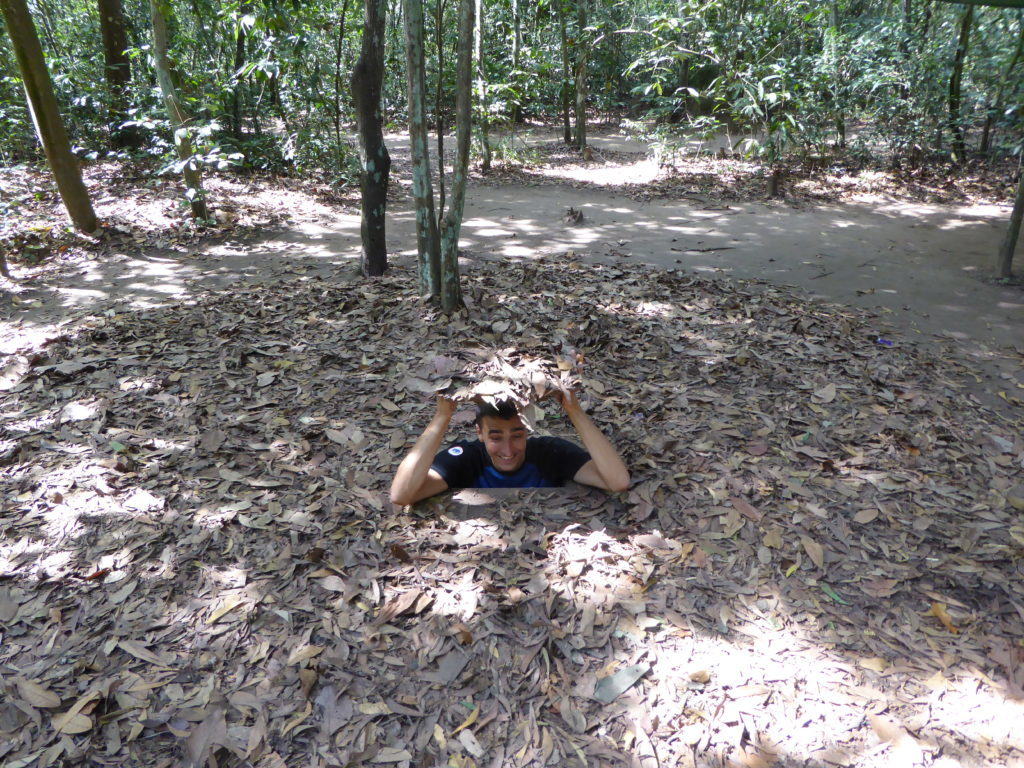


After visiting the Cu Chi tunnels, we stopped at the War Remnants Museum. While the history of Vietnam goes back several millenia, this museum focuses only on the two wars that defined Vietnam in the 20th century; the French War and the American War. (Americans call the war in Vietnam the “Vietnam War”, while the Vietnamese call it the “American War”)
The museum was a very sobering lesson on the evils of war and I could write page after page about what I learned there. However, to keep this post at a reasonable length, I’ll just try to lay out some of the more important things that I learned.
First, the North Vietnamese were indeed communist. However, Ho Chi Minh (the leader of the north Vietnamese) was foremost a nationalist. The fear the U.S. had that there would be a communist takeover of all of Southeast Asia was unfounded. His ultimate goal was simply a free and independent Vietnam.
Ho Chi Minh’s goal of a free Vietnam was jeopardized first by the French, then by the United States. After WWII, France tried to reassert their colonial control over the country. Even with the U.S. providing 80% of the funding for France in their struggle to continue their colonization of Vietnam, the Vietnamese successfully defeated the French in 1954.
After the defeat of the French in 1954, the United Nations called for a general election to be held within two years. In between that time, the north and south was to be separated into two adminstrative regions (not two separate countries, just two separate regions). Because of Ho Chi Minh’s popularity within Vietnam, it was estimated that he would win 80% of the vote and become the leader of a reunified Vietnam in 1956. Since he was communist, the U.S. simply couldn’t allow this. The U.S. government therefore established a puppet government in South Vietnam and instructed it to ignore the UN mandated elections. This is how North and South Vietnam became two separate countries.
Over the next two decades, Vietnam was to experience horrific warfare as the North Vietnamese fought a corrupt, U.S. backed, South Vietnamese government for control over their country. To be sure, atrocities were committed on both sides. However, what is clear when reading multiple different sources about this war is that the North Vietnamese enjoyed the support of the people of Vietnam, even throughout South Vietnam. This is the reason why the North Vietnamese were eventually victorious. The government of South Vietnam and the U.S. were never able to convince the vietnamese people that they were truly on their side.
The most vivid memories I have of the War Remnants Museum are the stories that are told of the war in the pictures taken by journalists. They are a scathing indicment of the morally bankrupt policies of the U.S. in Vietnam.
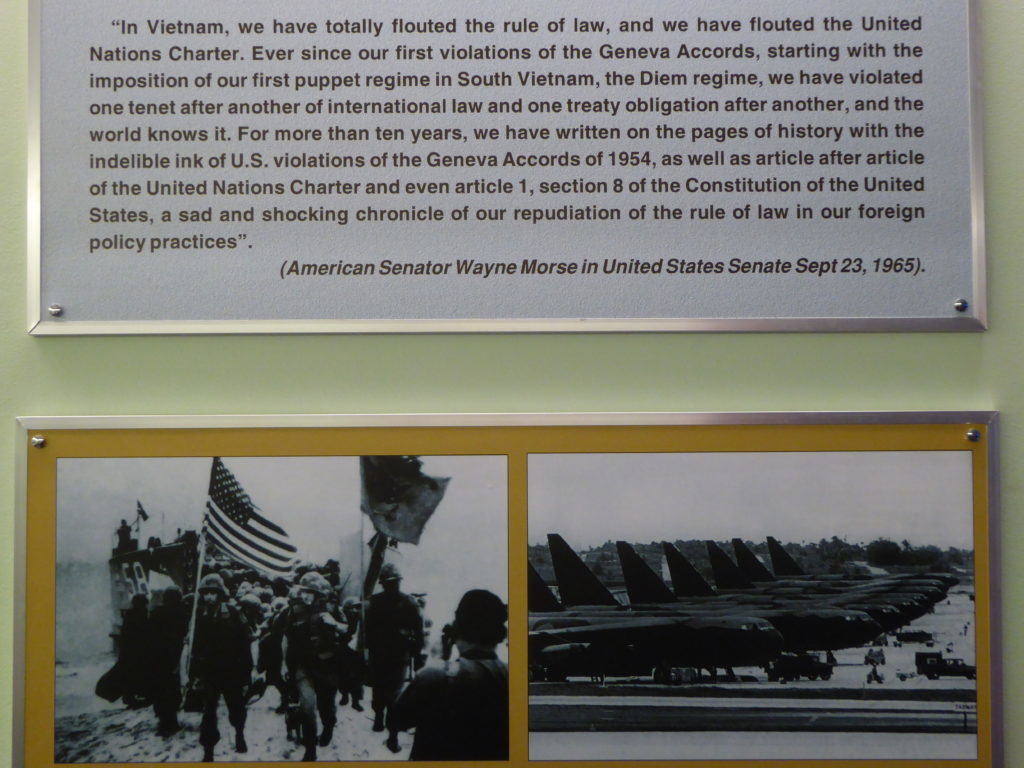
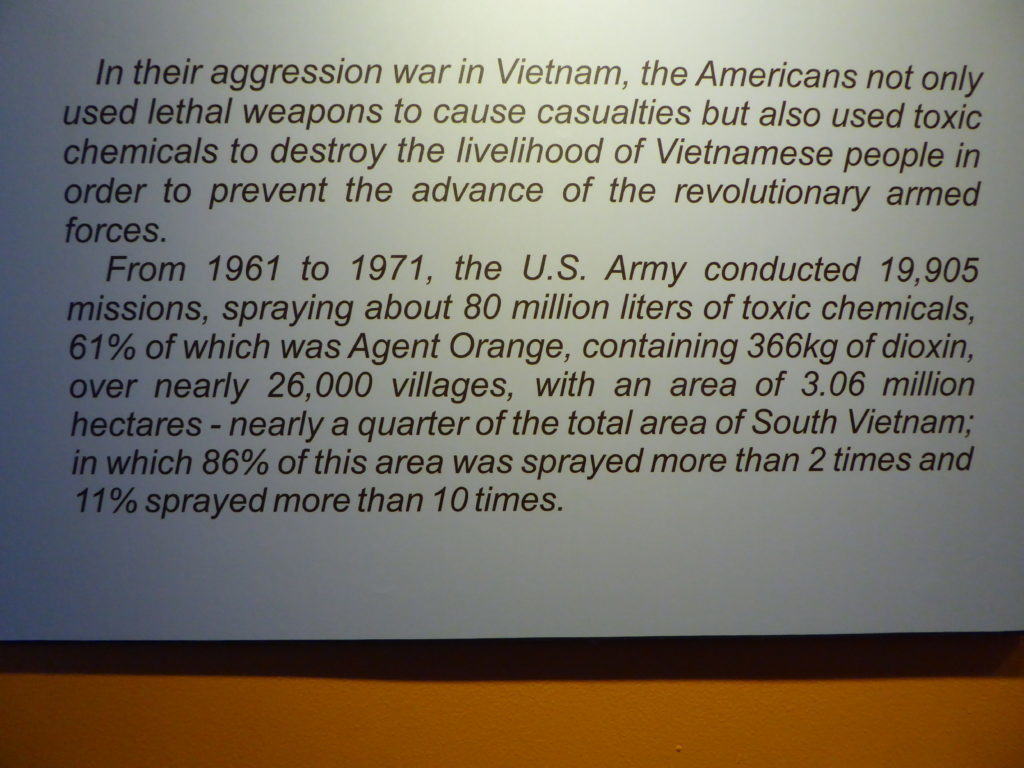
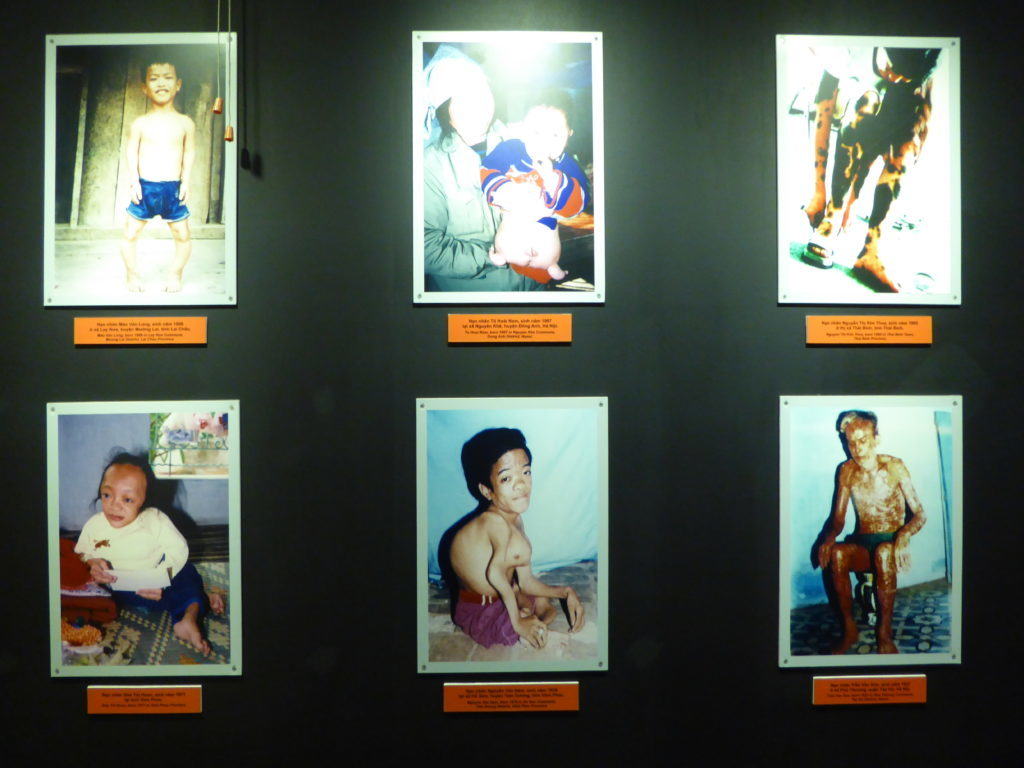
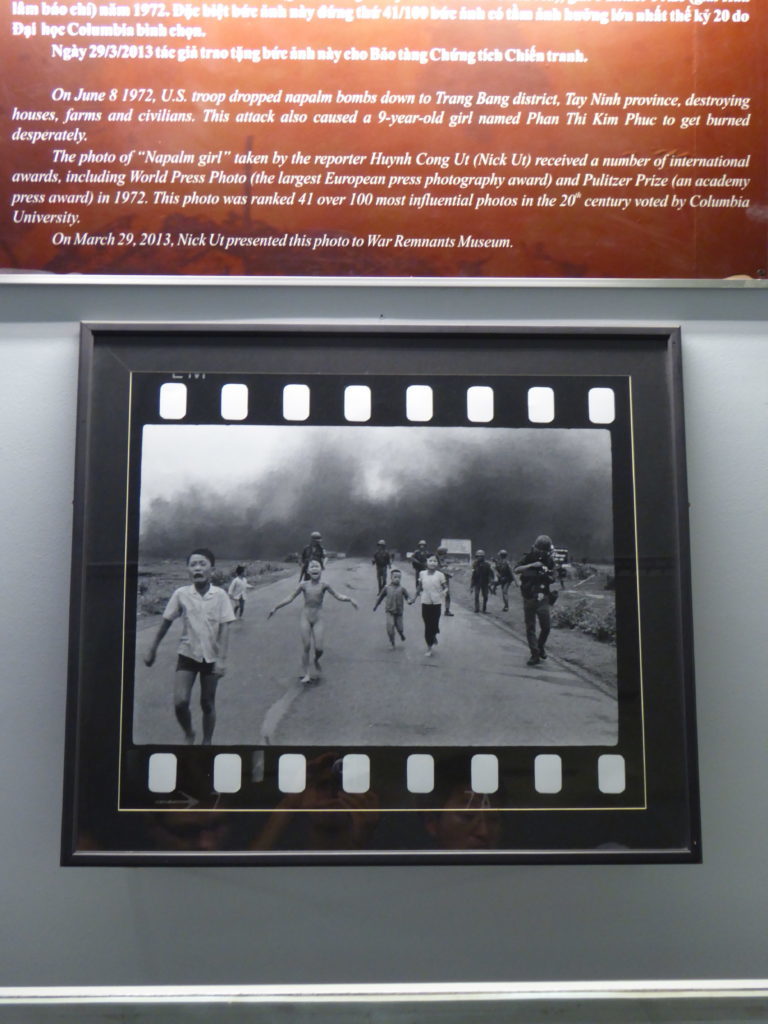
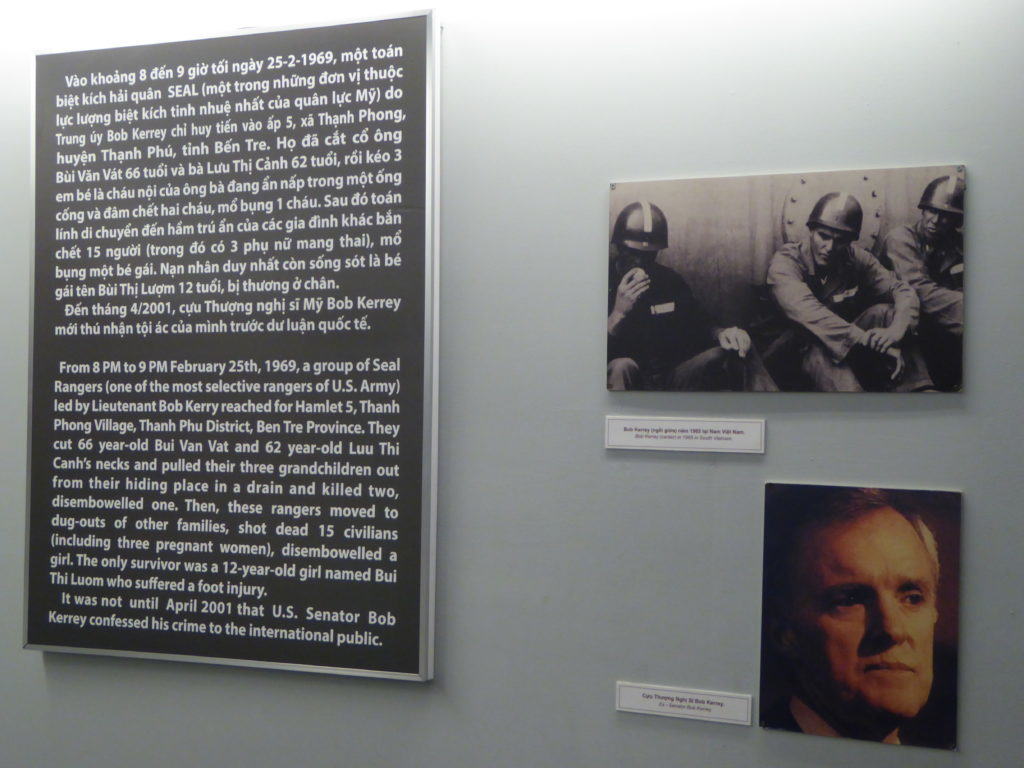
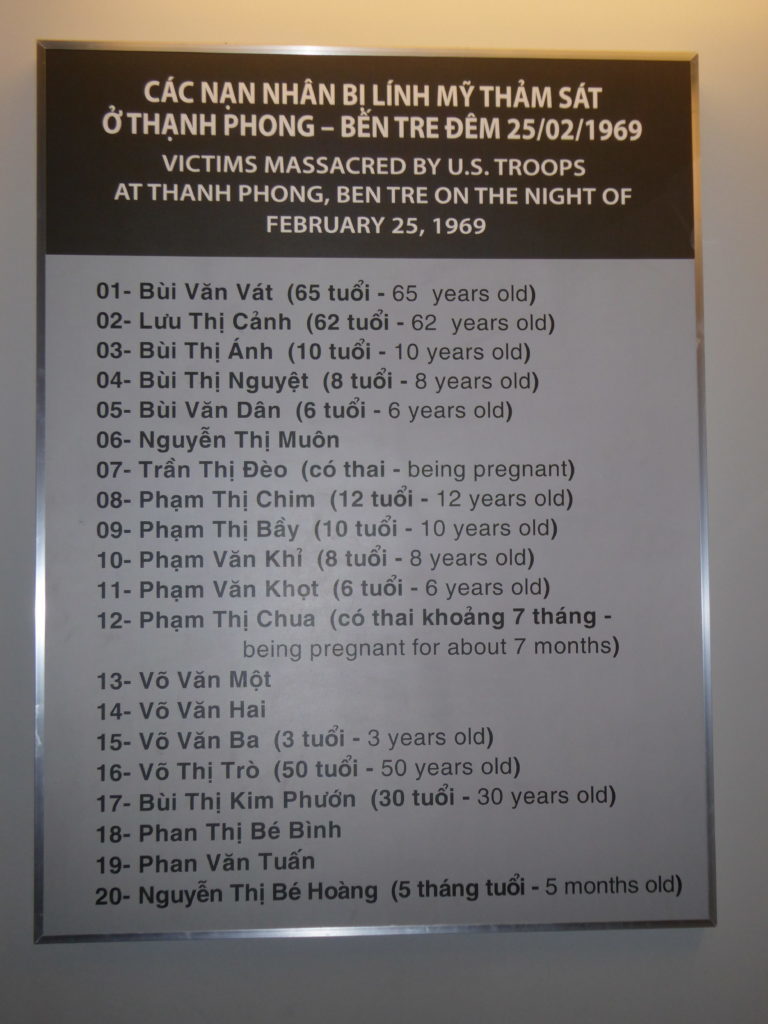

Before visiting this museum I already knew that the Vietnam war was a terrible conflict. However, I didn’t fully grasp how unjust the actions of the U.S. in the war really were. Seeing the pictures and reading the stories of people that lived through those horrible years was eye opening. It has made me empathize more with the people of Vietnam and understand the immense pride they have of their nation. A nation that is free, independent, and yes, still communist.

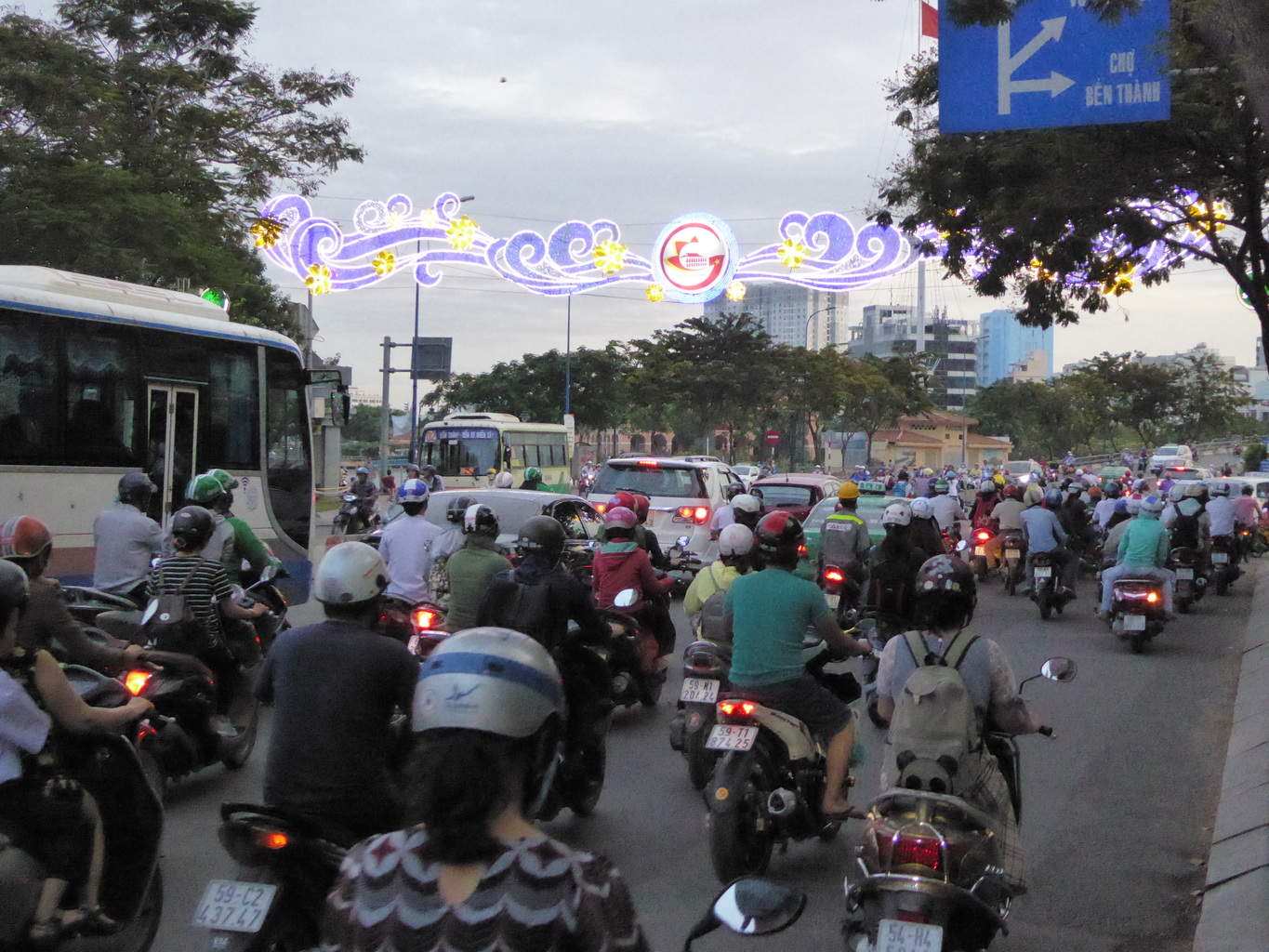
Comments
3 CommentsDaniel
Jan 27, 2017Very powerful post: thank you for sharing. You are more honest than 99% of American media people and politicians who write or speak about this conflict.
Karen
Jan 27, 2017Hear hear!! You would love the extraordinary account by Stanley Karnow of the war – and the documentary by PBS and Boston’s NPR station WGBH that has real footage of the war in Vietnam based on Karnow’s book and his decade of being a reporter there. Very difficult – but precisely what you’re talking about here. Thanks for sharing! The war was a desecration. There was also a really good piece on resistance in Cu Chi in the NYT a few days ago that Daniel found. On a lighter note… those mopeds!!! I loved the video footage! Makes the intensity really come alive – the volume of mopeds is astounding! Fun to see, although the sidewalk traveling is frustrating!
Phil
Jan 31, 2017Yes, there is so much behind this war that it is overwhelming. I just wish the US would teach the whole story in schools. I’m glad you enjoyed the videos! We thought it was the only way to really capture how crazy they are here in Vietnam (especially Ho Chi Minh City)!